Kenzie Sitterud’s Binary and the Bedroom
Imagine standing in a crowd of people and screaming at the top of your lungs, but no one seems to notice the commotion, or your existence. It’s almost as if you are standing alone in a vacuum, screaming silently to yourself. Artist Kenzie Sitterud creates art that researches the silenced queer identities in the worlds of art, history, and academia- specifically, the silenced queer artist identities. Sitterud simultaneously addresses current political issues as they relate to minority groups, including the LGBTQ community.
In the aforementioned scenario, Sitterud is representative of the LGBTQ community and the crowd is society at large. Sitterud identifies as non-binary and their installations draw from their journey through adolescence into adulthood in an environment that did not feel meant for them. Through large scale installations, Sitterud explores issues of hyper masculinity versus hyper femininity, strict religious patriarchy within the family and political structures, gender inequality, and overt discrimination against minority groups, by presenting a house with everyday objects – one room at a time.
Through natural evolution the statements made throughout their work, have become more poignant and direct about the oppressive effects of these societal structures on individuals in the LGBTQ and other minority communities. Their most recent installation, called the Bedroom, follows it’s predecessors, the Bathroom, the Kitchen, and the Wardrobe. For context, these will be briefly explained.
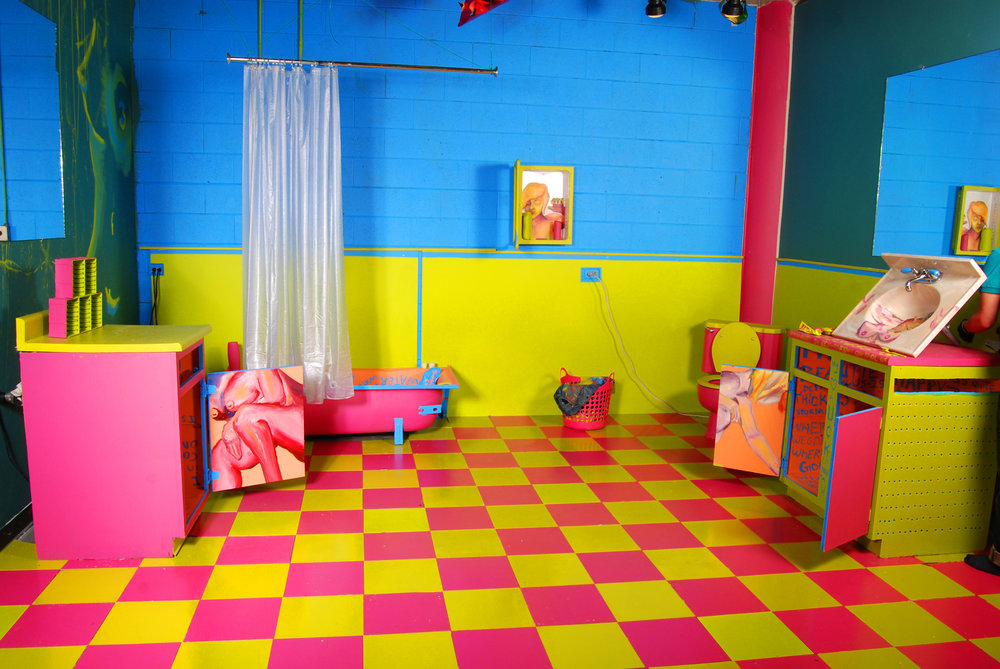
Beginning with the Bathroom, Sitterud presents it in a way for viewers to connect based on an area common to everyone. The perspective is from what a bathroom sees, intended to foster and emphasize commonality among people who are different, instead of division.
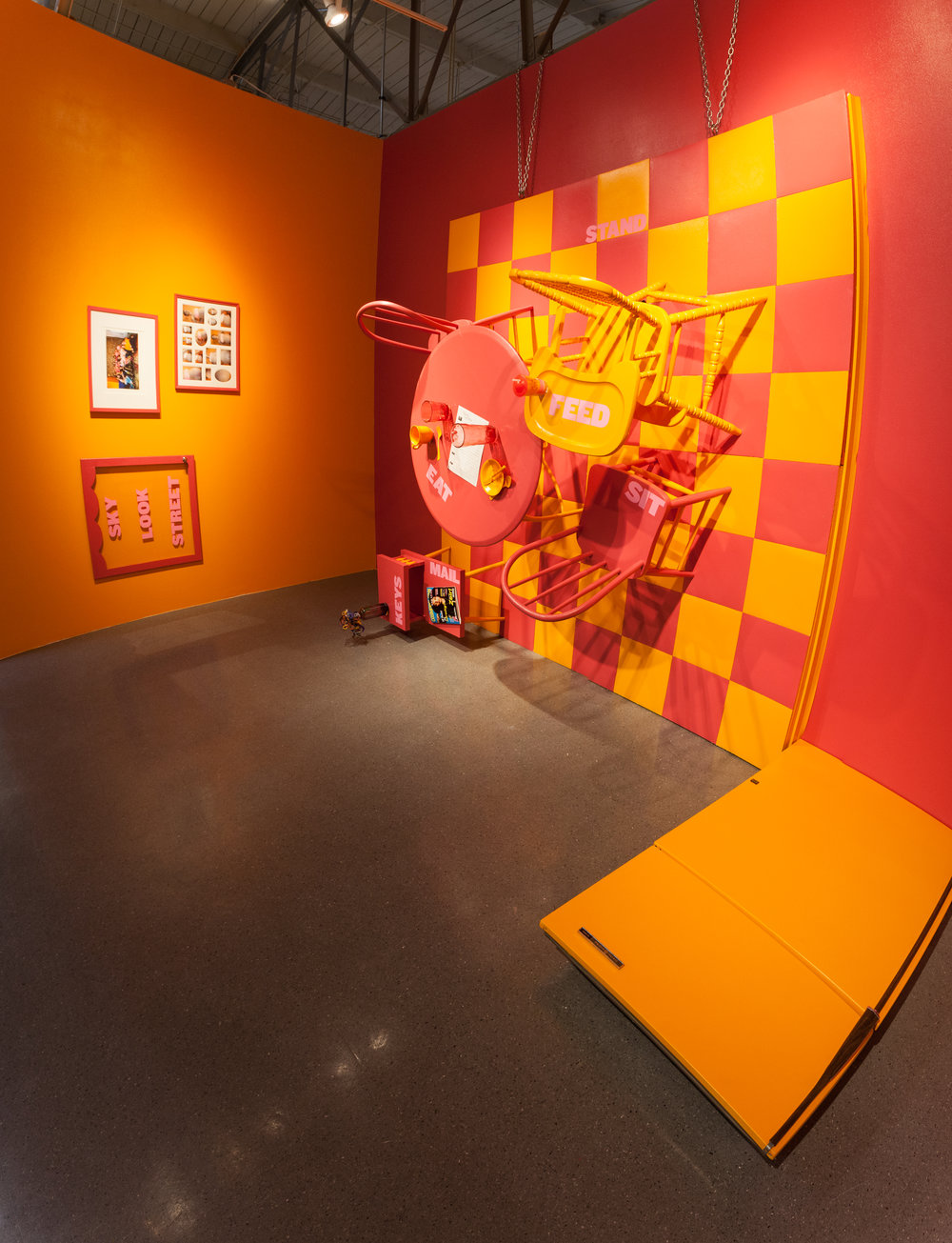
Moving forward to their BFA thesis, Sitterud next designed the Kitchen. “The installation is meant to create the same dysphoric environment that the queer community exists in, in a world that is not designed for or inclusive of them,” Kenzie stated. For the Kitchen, Sitterud embraced the Dada movement to create the dysphoria of queer existence in a heteronormative society.
After graduation, Sitterud applied for a residency at Redline Denver. It was there that Sitterud designed their next immersive installation, the Wardrobe. The intent of this installation was to give the viewer a perspective of what it’s like to exist in a world that forces non-normative communities to emerge in an unreceptive environment. This piece is highly personal and relates directly to Sitterud’s moment of self- realization and coming out.
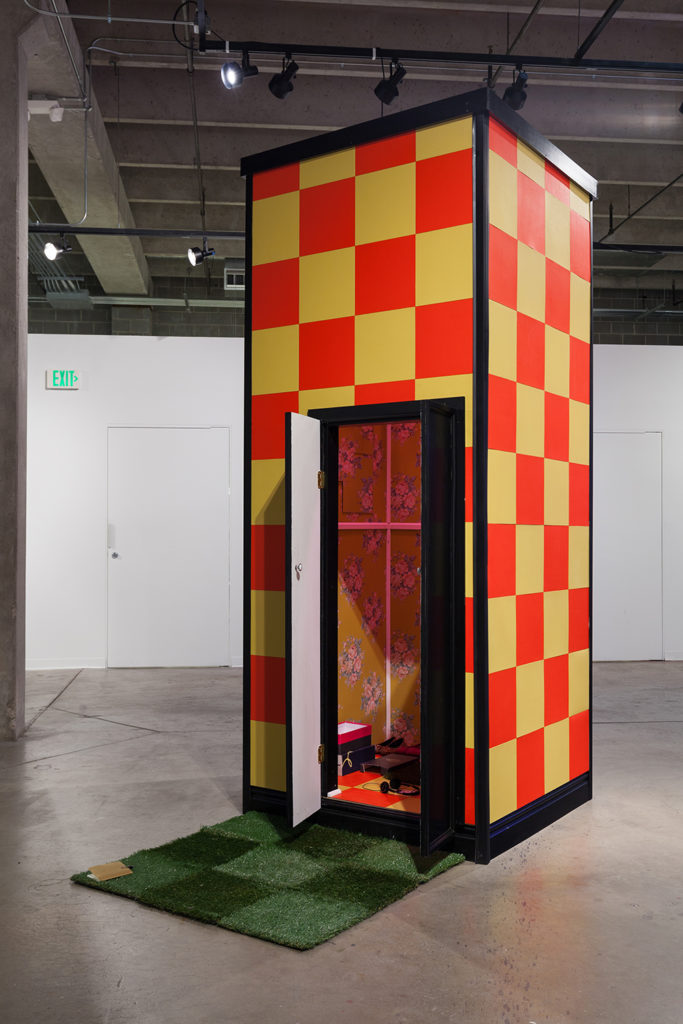
All of this, has built up to their most recent installation called the Bedroom. The Bedroom is presented in juxtaposition to itself. That is, it’s either black or white, it’s either masculine or feminine. In this exhibit, black is representative of male and white is representative of female. Either this or that, but there is nothing in between, an unrecognized figurative gray area, but no wiggle room.
To exaggerate the effect, the bed and night tables have been secured to the ceiling creating doubt in the viewer’s mind about which way is up and which way is down. Everything in between (where you and I would stand while immersed in the exhibit) is representative of the gray area in which the LGBTQ community seemingly exists in modern day society. There is a chest of drawers, also black and white, carrying the ‘this or that’ theme, that contains items representative of male or female.
“The installation was designed to highlight the binary existence and how it relates to the American Dream, but also to be used for education about queer issues. This is the gray area between the floor and the furniture,” Sitterud explained.
There is a book with the Bible’s account of Adam and Eve displayed. In the corner of the Bedroom installation, an array of red apples hang at various heights from the ceiling. Right now, they are fresh, but the apples are being intentionally left to rot, decay, and eventually fall into a mess on the floor. These components of the installation are a metaphor for the theme of women’s inherent evilness as the original transgressor, via Eve and the Apple, eventually decaying and disappearing all together.
“Women are not the cause of everything evil. It’s not fair to preach this to young girls or to put on an entire gender, as if women are inherently evil and the epitome of evil. It’s old and rotting and hopefully, will eventually go into the earth and be gone,” Sitterud said.
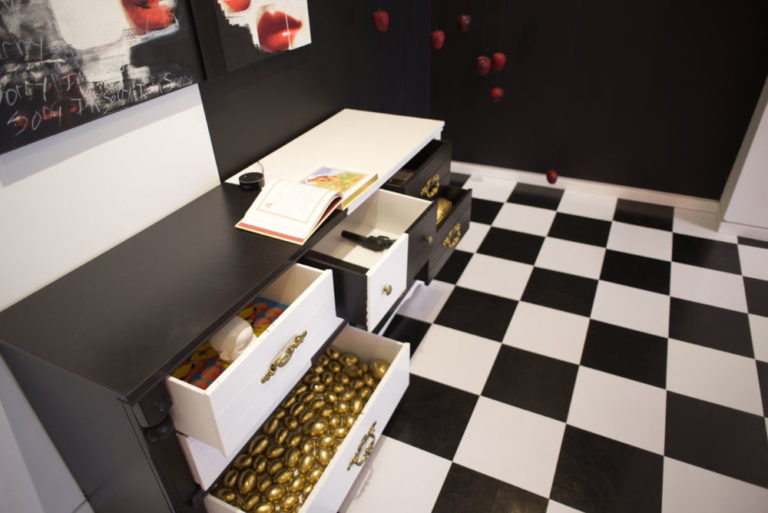
Another striking element of the Bedroom is the presence of horizontal window panes (again causing question to the general direction of things), hanging from what is presented as the floor but is really the ceiling. Atop these windows are men’s leather business shoes. Both the windows and the shoes show signs of distress. This represents the glass ceiling, and is a discussion of gender inequality, especially in pay.
“This piece is breaking the glass ceiling, we’re not quite there. There are still male shoes blocking the way but the window is weathered as an indication that this system is starting to break, we’re just not quite there yet,” Sitterud explained.
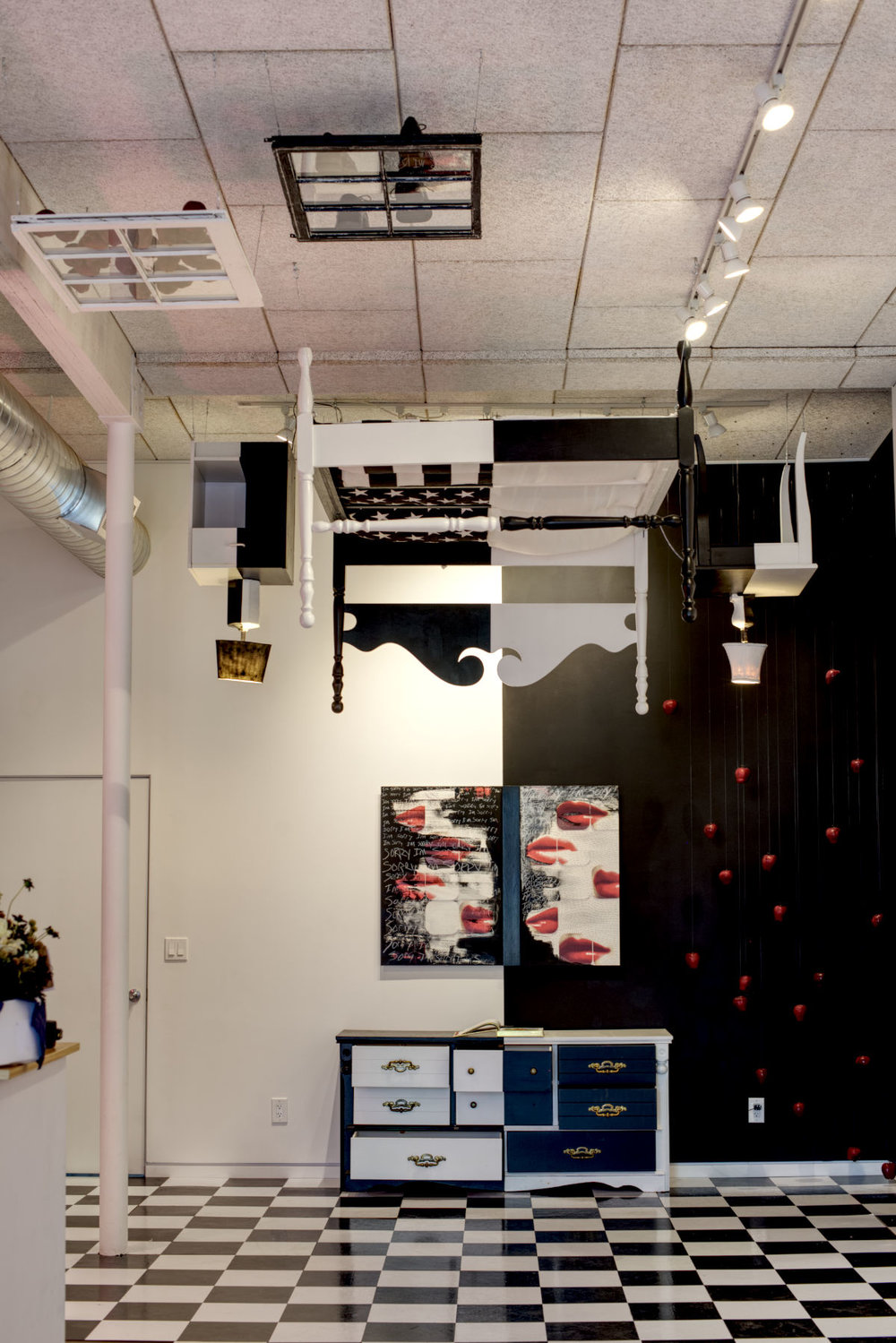
The immersive experience is sometimes jarring. The narrative is easy to discern and regardless of any personal opinions on the content, it is potent and thought provoking. The work is relevant from a current events viewpoint, as well as conceivably, a historical one with regard to present day society.
Sitterud is driven to carry the storyline through to its completion, and is grateful to those who have helped Kenzie to come this far.
“I have to thank 808 Projects for allowing me to use the space. Thanks to Redline for my studio and for support. I wouldn’t be able to produce my art without the help of my friends actually perform the installation,” Kenzie said. “The collection has grown from the Bathroom, the Kitchen Table, the Wardrobe, the Bedroom. I’ll start working on more pieces of the domestic life. I’m building a house through a queer lens and perspective. Eventually, I’d like all of the installations to be shown together at a an institutional staple, a museum, or a contemporary art center.”
For more information about Kenzie Sitterud or their body of work check out https://www.kenziemckenzie.com/.


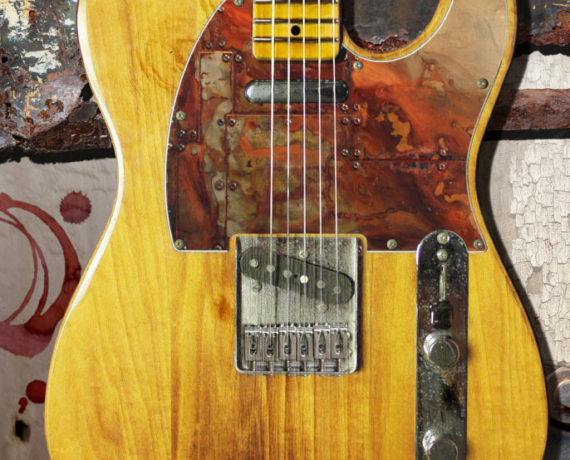
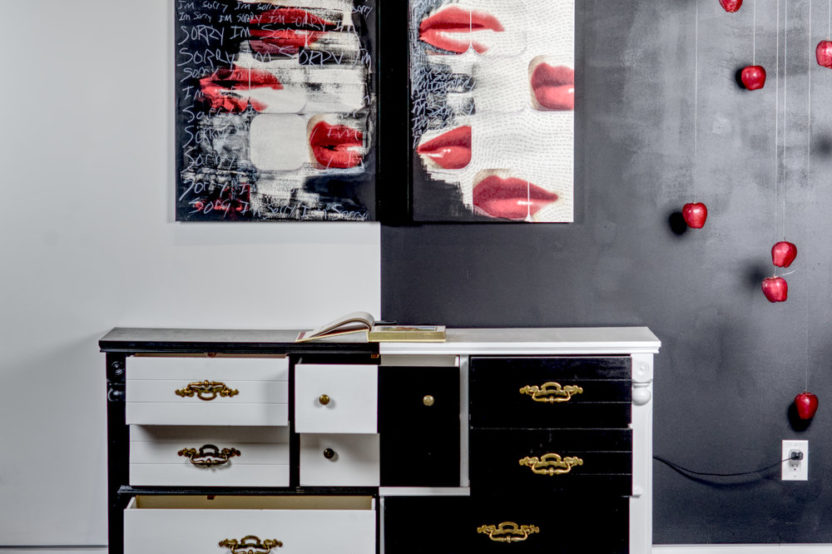

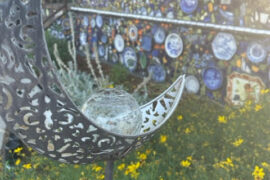
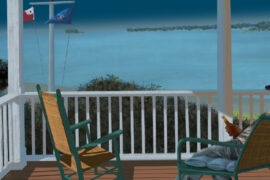

 Architects of Art: In the Course of Time
Architects of Art: In the Course of Time  Random Seed, A Fractal Artist Update
Random Seed, A Fractal Artist Update 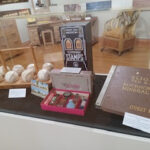 Discovery Through Preservation, Mesa Historical Museum
Discovery Through Preservation, Mesa Historical Museum 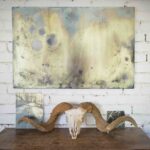 Looking Glass, A Reflection of Time – Norman Broomhall
Looking Glass, A Reflection of Time – Norman Broomhall